The geometry of a road bike plays a decisive role in how it feels, handles, and performs on the road. While endurance and racing road bikes may appear similar at first glance, subtle variations in their frame geometry make them suited for distinctly different riding styles. Understanding these geometric differences helps cyclists choose the right bike for their riding goals—whether that’s long-distance comfort or aggressive speed.
1. Frame Geometry Overview
In road cycling, “geometry” refers to the arrangement and measurements of key frame elements such as the head tube angle, seat tube angle, top tube length, chainstay length, and wheelbase. These dimensions collectively determine the bike’s posture, handling, and power transfer characteristics. Racing road bikes are designed with an aggressive geometry for aerodynamics and quick handling, while endurance road bikes prioritize comfort and stability over long distances.
2. Head Tube Height and Stack
One of the most visible differences is the head tube height. Endurance road bikes typically feature a taller head tube, which increases the stack height—the vertical distance between the bottom bracket and the top of the head tube. This higher stack places the rider in a more upright position, reducing strain on the back, shoulders, and neck during extended rides.
In contrast, racing road bikes have shorter head tubes and lower stack measurements, positioning the rider in a lower, more aerodynamic stance. This aggressive posture minimizes wind resistance and allows for more efficient power transfer during sprints or climbs, but it can be less comfortable on long rides.
3. Reach and Rider Posture
The reach—the horizontal distance from the bottom bracket to the head tube—also varies between the two designs. Endurance bikes have a shorter reach, which allows the rider to sit closer to the handlebars and maintain a relaxed posture. Racing bikes extend the reach, stretching the rider’s position forward for improved aerodynamics and a stronger pedaling stance. This longer reach, however, requires greater flexibility and core stability.
4. Wheelbase and Chainstay Length
Endurance road bikes feature a longer wheelbase and extended chainstays, which increase stability and smooth out the ride over rough or uneven pavement. The longer wheelbase helps the bike track straight, even on descents or during cornering, making it easier to control over long distances.
Racing bikes, on the other hand, have shorter chainstays and a tighter wheelbase. This compact geometry results in more responsive handling, quicker acceleration, and sharper cornering—ideal traits for competitive environments where agility and speed are critical.
5. Head Tube and Seat Tube Angles
The head tube angle and seat tube angle influence how the bike responds to steering input and how power is applied to the pedals. Racing road bikes generally have steeper angles (around 73–74 degrees), creating faster steering and a more aggressive riding feel. Endurance bikes adopt slightly slacker angles (around 71–72 degrees), which offer more stability and predictable control during long rides or descents.
Similarly, a more relaxed seat tube angle allows endurance riders to stay comfortable in the saddle for extended periods, while the steeper angle on racing bikes positions the rider directly over the pedals for maximum power transfer.
6. Bottom Bracket Height and Stability
Racing bikes usually have a higher bottom bracket, which improves ground clearance and allows for tighter cornering at speed. Endurance bikes typically feature a lower bottom bracket, lowering the rider’s center of gravity for enhanced stability, especially on long, rough routes. The lower stance also contributes to a smoother, more planted ride feel.
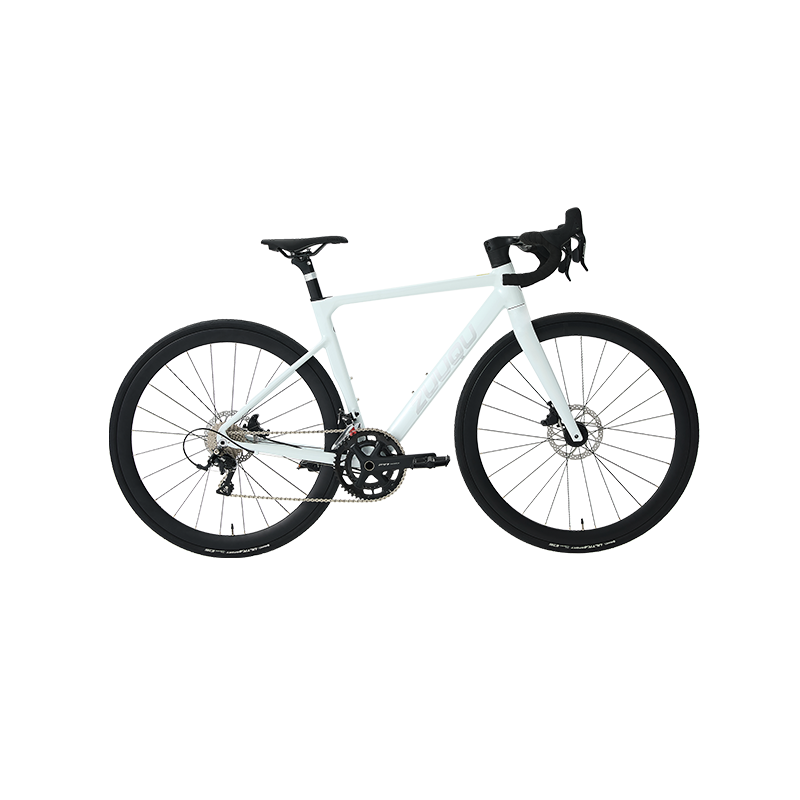
7. Tire Clearance and Comfort Considerations
While not a geometric dimension in the traditional sense, tire clearance is another key differentiator influenced by frame design. Endurance bikes often allow wider tires (up to 32mm or more), enabling lower pressures and better shock absorption. Racing bikes generally have tighter frame clearances for slimmer, high-pressure tires (usually up to 28mm), optimizing speed and aerodynamics but sacrificing some comfort.
8. Fork Rake and Trail
The fork rake and resulting trail affect how a bike steers. Endurance bikes often have slightly more fork rake, reducing trail and creating smoother, more predictable handling. Racing bikes favor less rake and more trail, which contributes to sharper, more responsive steering—essential for fast-paced racing dynamics.
9. Ride Feel and Application
All these geometric elements work together to create two distinct ride experiences:
- Endurance Road Bikes: Prioritize comfort, stability, and reduced fatigue over long distances. Ideal for touring, gran fondos, or recreational riders who value control and smoothness.
- Racing Road Bikes: Focus on speed, stiffness, and responsiveness for competitive cycling. Suited to riders who prioritize efficiency, aerodynamics, and acceleration.
10. Conclusion
In essence, the geometry of endurance and racing road bikes reflects two philosophies of cycling design. The endurance geometry supports long, steady rides with comfort and confidence, while the racing geometry enhances speed, precision, and performance in high-intensity scenarios. Choosing between them depends on the rider’s goals—whether it’s enduring the miles with comfort or conquering them with speed. Understanding these geometric distinctions ensures cyclists can match their bike to their style, achieving the best balance between comfort and performance.


 0
0


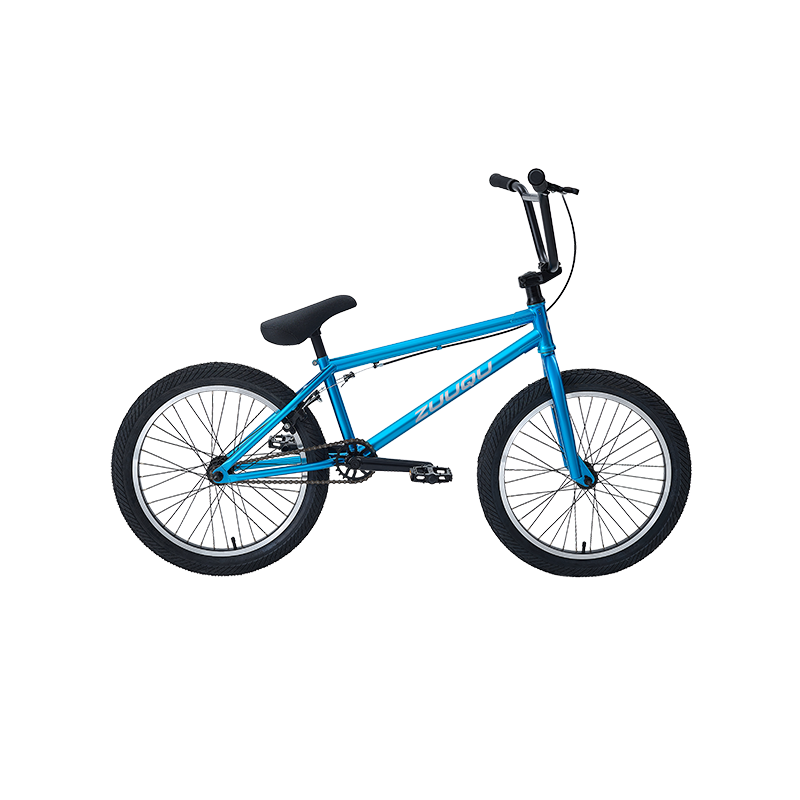

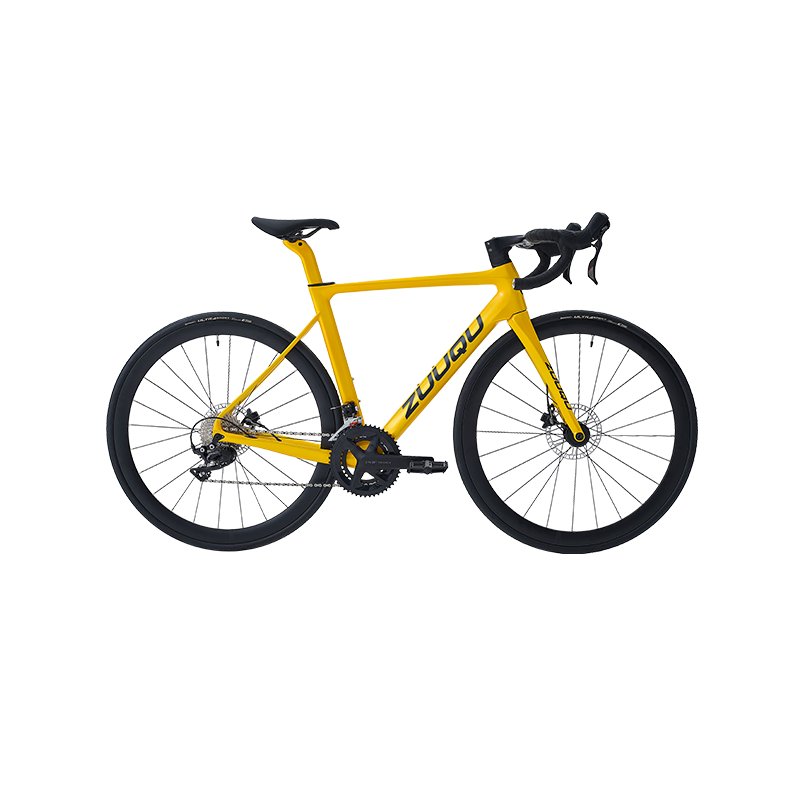
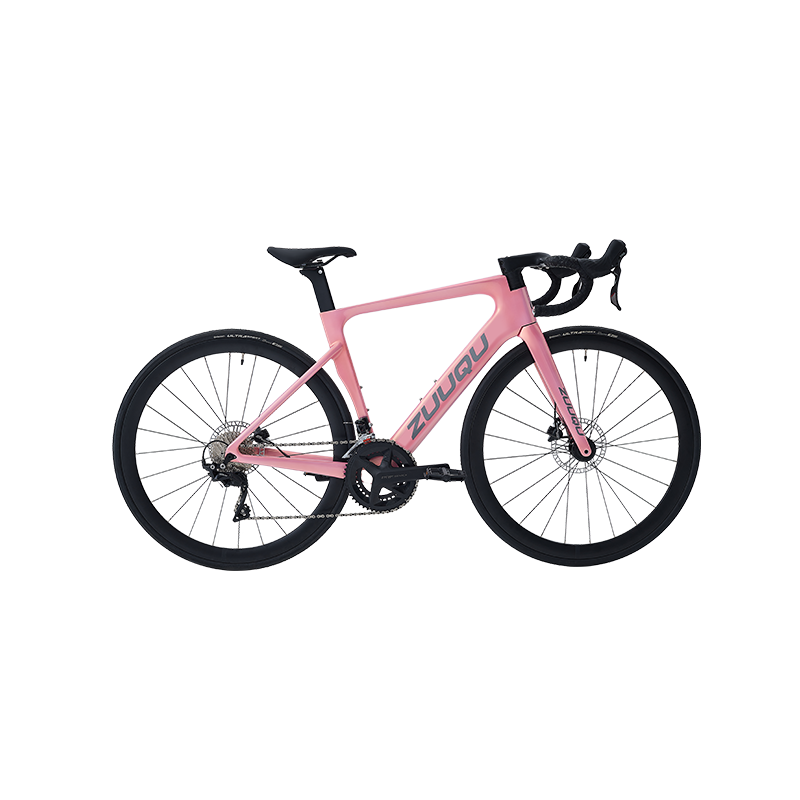
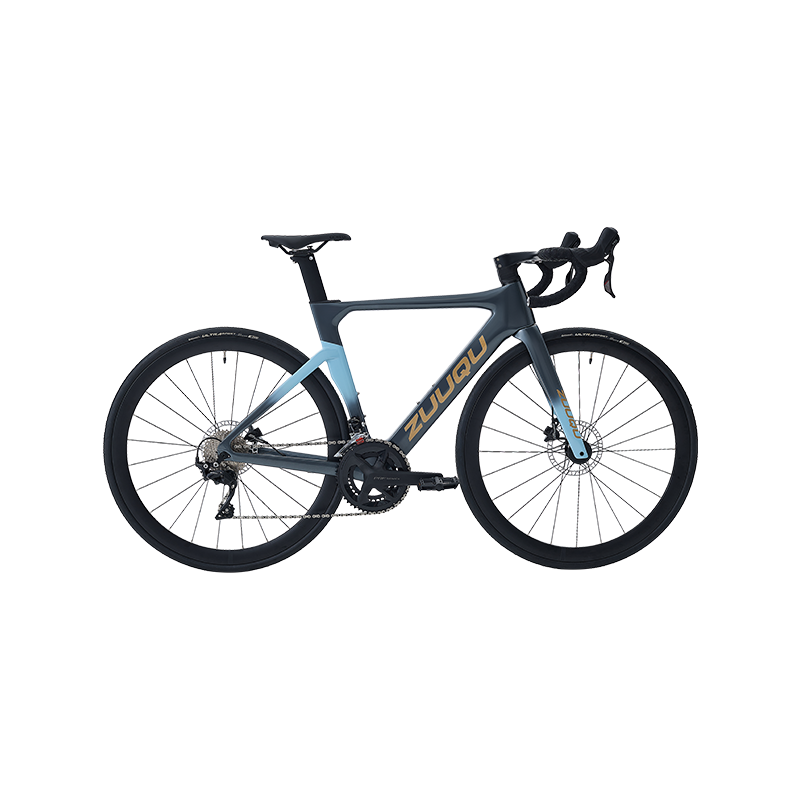
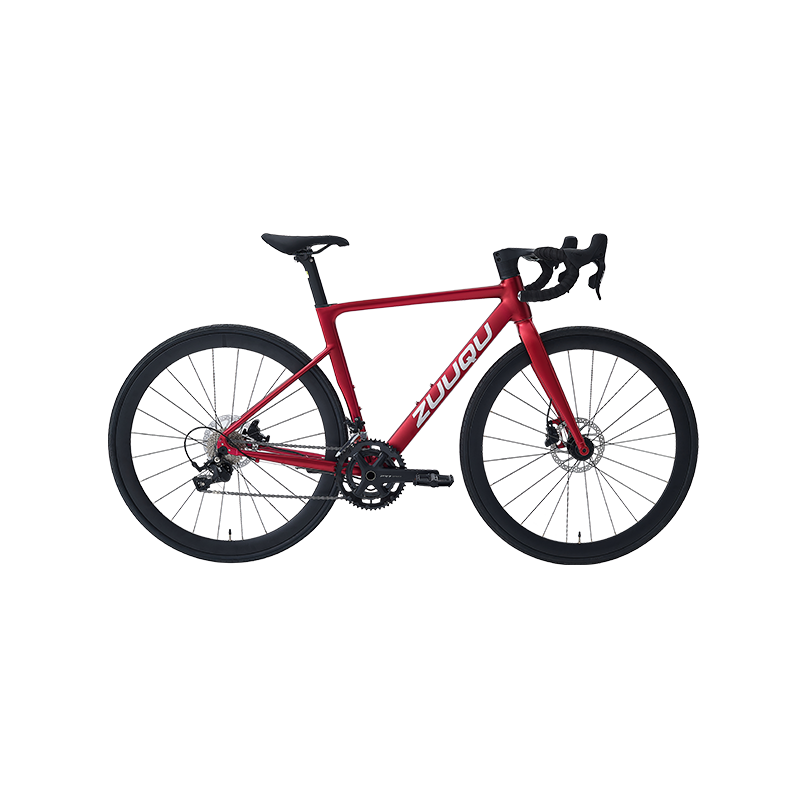
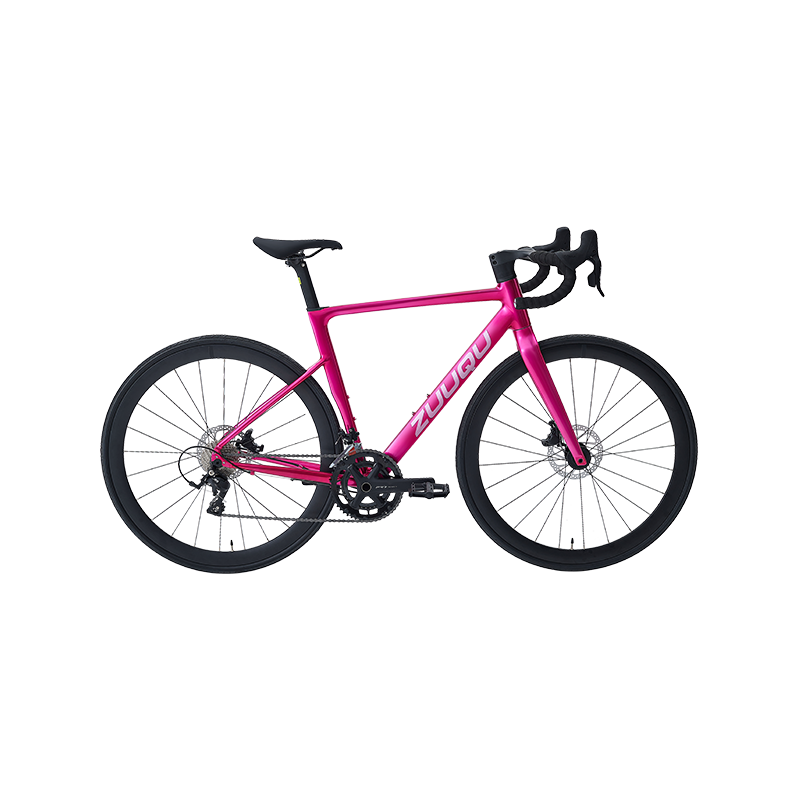
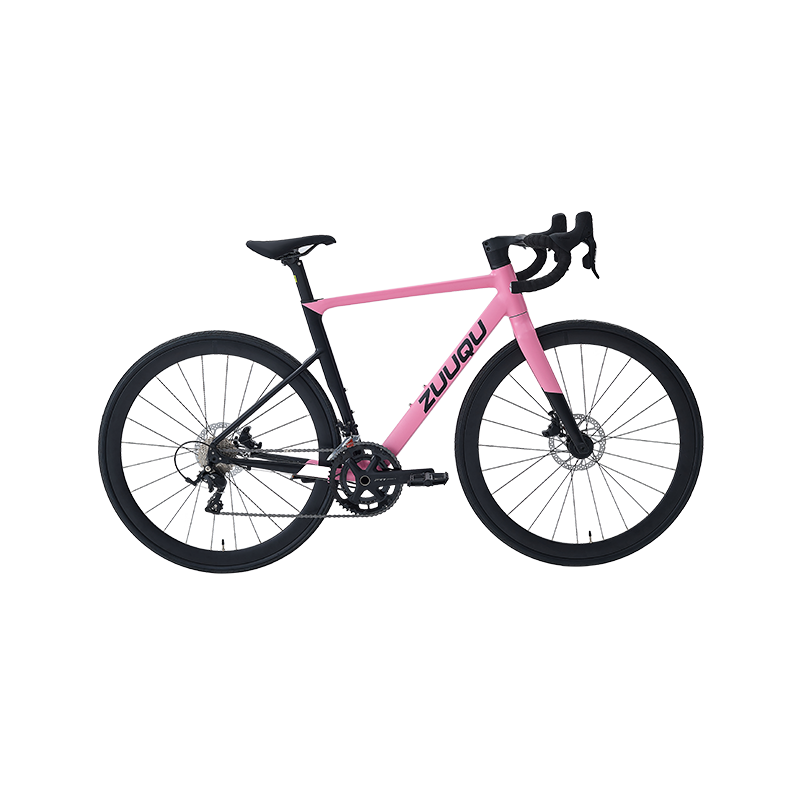
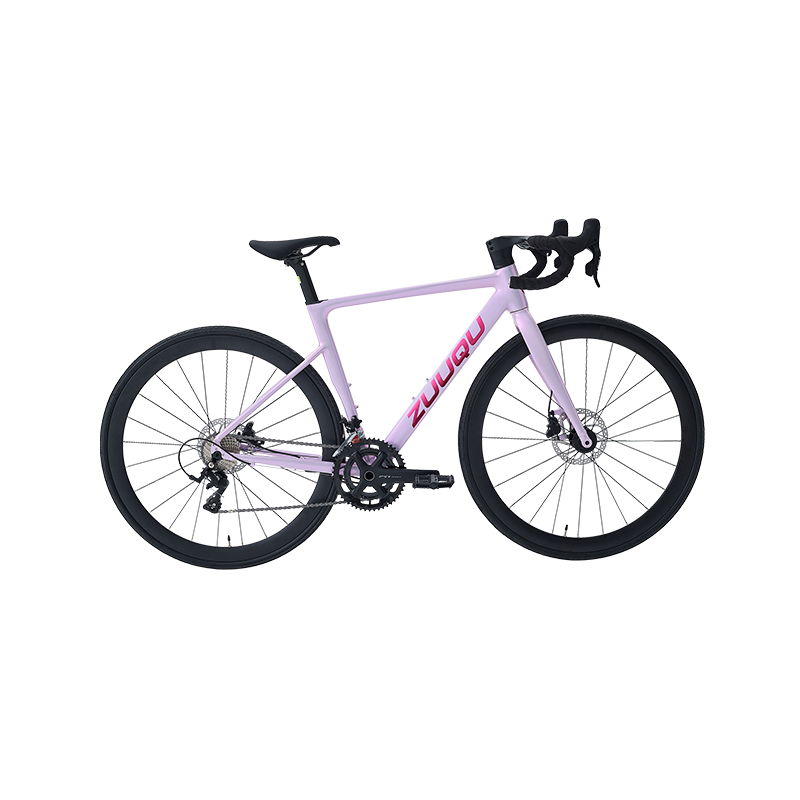
 Linhang industry park, Zhuji,
Linhang industry park, Zhuji,  +86-18858280688
+86-18858280688
